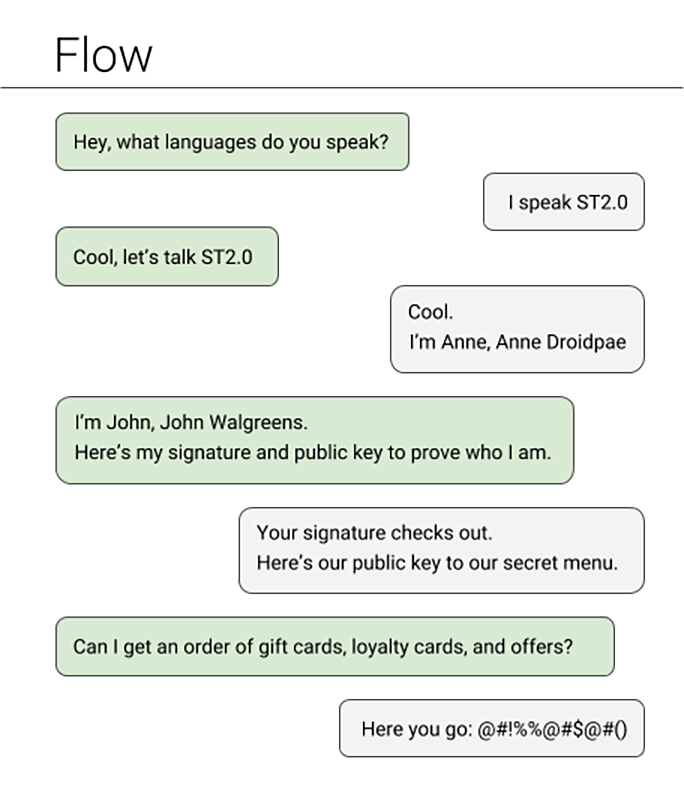本页面介绍了智能触碰协议使用的标识符。
概览
智能触碰协议可传达保存到用户 Google 钱包应用和终端应用。下图总结了 终端与 Google 钱包之间的通信流程:

因为商家可能会聘请多家企业或多个承包商来 Google 会使用三种标识符来 Google 钱包和终端。这样,使用特定终端的商家 提供商来兑换不同开发者提供的卡券。以下 ID 是 三个“集合标识符”。
。兑换发卡机构 ID
兑换发卡机构 ID 是特定类型的发卡机构 ID。兑换发卡机构 ID 通常代表单个商家。相比之下, 卡券开发者可能代表一个平台 不同商家。为多个商家存储卡券类的平台 也称为集合商家。
兑换发卡机构不仅仅可用于智能触碰。例如: Redemption Issuer 还可用于呈现基于地理位置的通知提醒 。也就是说,在列表中 卡券中的兑换发卡机构可能未针对智能触碰进行配置。
兑换发卡机构 ID 与发卡机构 ID
发卡机构 ID 是 Google 电子钱包发卡机构账号的唯一标识符。通过 您可以在以下位置找到发卡机构 ID: Google Pay 和钱包控制台。
发卡机构可以代表商家(例如餐厅)、优惠提供方或 终端制造商等。开发卡券类和对象时, 它们与特定发卡机构 ID 相关联。两张卡券都包含发卡机构 ID 类 ID 和对象 ID。
| ID | 格式 | 备注 |
|---|---|---|
| 类 ID | issuerId.classSuffix
|
classSuffix 是一个具有唯一性的
开发者定义的值
卡券类(例如会员层级) |
| 对象 ID | issuerId.objectSuffix
|
objectSuffix 是一个具有唯一性的
开发者定义的值
传递对象(例如用户 ID) |
Issuer 可以根据需要创建任意数量的类。
收款方 ID
如果商家的终端支持智能触碰,其兑换发卡机构 都会有一个收款方 ID收款方 ID 是一个数字 ID(8 位数字), 终端用来标识自己的身份。由于兑换发卡机构可能支持 收款方 ID 可用于请求特定商家的 。
当用户将其设备触碰到支持智能触碰的终端时,终端 将收集器 ID 发送到用户的设备。然后,设备会通过 终端使用该收集器 ID 对应的公钥。请参阅 通信流程。
重要提示:
- 一个发卡机构 ID 只能分配一个核销方 ID
- 收款方 ID 在所有发卡机构 ID 中都是唯一的
要获取发卡机构 ID 的收款方 ID,请参阅 商家配置。
卡券类 ID
类 ID 用于标识特定层级或卡券类型。类 ID 跟在 格式如下:
issuerId.classSuffix
类后缀是开发者定义的值,对于此卡券类而言是唯一的。一张卡券 引用此类 ID 的对象将保存到用户的 Google 钱包应用中。

